Why an Interior Designer is your project’s Secret Weapon!
Julie Cavanaugh, Founder and Principal Designer of Design Matters / Annie Barnett Photography
Somewhere it must be written that if you end up working in the real estate industry, your favorite witticism must be, “What are the three most important factors of home ownership?…Location, location, location.”
Okay. Very clever indeed, we all get it.
But once the location (location, location) is sorted out, and the remodeling project shows itself, or the pool goes in, or this wall has to move, or that space needs to be opened up, or the master bath needs that thing removed, and then the whole residence needs to be re-thought, re-worked, and re-imagined, a new repetitive mantra must pass through our lips—"Designer, designer, designer!”
The Interior Designer is your secret weapon.
The truth is, an Interior Designer is your secret weapon in any project. Just ask Julie Cavanaugh, Founder and Principal of Design Matters—the premiere Interior Design studio based in Northern California and Jackson Hole, Wyoming.
“There is a great synergy between Builder, Architect, and Interior Designer,” says Cavanaugh. “When one of those pieces is missing, a piece of your project is missing.”
She should know. After over 25 years in the industry, Cavanaugh is a true veteran and has seen it all, from spackle to shiplap. The crafting of the spaces where we live and work is a creative endeavor in the end, and when that work isn’t handled by the unique skills of an interior designer, the spaces suffer.
“I always tell my clients that designers design from the inside out, and architects design from the outside in, sometimes without the focus on how spaces will ultimately reach their full potential,” says Cavanaugh.
She speaks of homes, spaces, and structures as novels that tell stories, or of creations that are meant to ‘sing a song,’ not inanimate assemblages of concrete, wood, and stone. This is what an experienced designer who thinks deeply about the places we inhabit can bring to a project—the idea that where we live isn’t just shelter, it’s a place where we might ‘sing our songs’ as well.
Skilled Interior Designers don’t decorate, they optimize.
For most of us, our homes are our biggest investment. More than that, they are where we raise our families, lay our heads at night, celebrate milestones, and ‘do life.’ What happens when these unique places don’t reach their full potential?
“I have a current project that I was brought into after framing was complete and the roof was on,” says Cavanaugh. “The house is a beautiful design but there are several places that just do not work. We are having a heck of a time getting the master bath suite to optimize due to the architectural design,” she says.
The key word there is ‘optimize.’ It’s tempting to think of Interior Design as a discipline of fit and finish—less about structure, more about wainscoting and throw pillows. The truth is, the very way a Designer approaches spaces and thinks about them can change the entire function, form, and essence of a project. Hallways become Grand Entrances, Master Bedrooms become Master Suites, and of course, Houses become Homes…or even Estates.
The story Cavanaugh mentions above is an example of what can happen when the Designer is more of an afterthought. That oversight can create overages, plan changes, and general headaches that nobody wants or is prepared for. Cavanaugh describes the adjustments that had to be made in this particular project, and how her involvement created not just a finished product, but an optimized home for the client.
“The clients saw my proposed plans to make this challenging space elevate and sing its song, as it should have, from inception,” she says. “The architect fully agreed that my proposal was a much better design and the owners and all parties agreed to stop work temporarily. We relocated windows and made changes in the framing, all of which allowed for a gorgeous master bath suite.”
Okay, but Interior Designers are expensive.
The average homeowner probably thinks that an Interior Designer is beyond what their project calls for, and is out of range financially. The price of home construction and renovation can be shocking to be sure, yet the project mistakes often made without a careful eye for design watching over the proceedings can drive prices up even further. If we think of design as a key structural ingredient and not a decorative (and optional) extra, the costs more than equal the benefits.
“I tell clients that if I can save them one terrible mistake in design, the value of the design services have paid for themselves,” says Cavanaugh. “A Designer’s fee is typically 8-10% of the total cost of the project,” she says. “My firm offers logistical space planning for optimized interior function and aesthetic, elevation planning and proportional development, material design selection, interior renderings, and design oversight throughout the project. That’s a lot of value for $20,000 of a $250,000 project.”
The Interior Designer is a key player in your project’s professional ensemble.
Designers like Julie Cavanaugh understand the symbiosis between Architect, Builder, and Designer. Just as a two-legged stool will send you crashing to the floor, embarking on a remodel, redesign, or any project, without all three, could send your project into disarray as well.
“We don’t build or fabricate, but we know construction,” says Cavanaugh. “We speak the language of the industry and work in partnership with builders and architects because we know the results we can achieve when we work together as an ensemble, not as individual players or contributors,” she says, continuing the musical metaphor.
Yes, there are designers out there who just do fit and finish—they whip up the frosting without much thought about how the cake will taste. For your project to reach its full potential, you need something more. For your space to sing its song, you need a maestro—you need a true Interior Designer.
Written by Kevin B. Marks
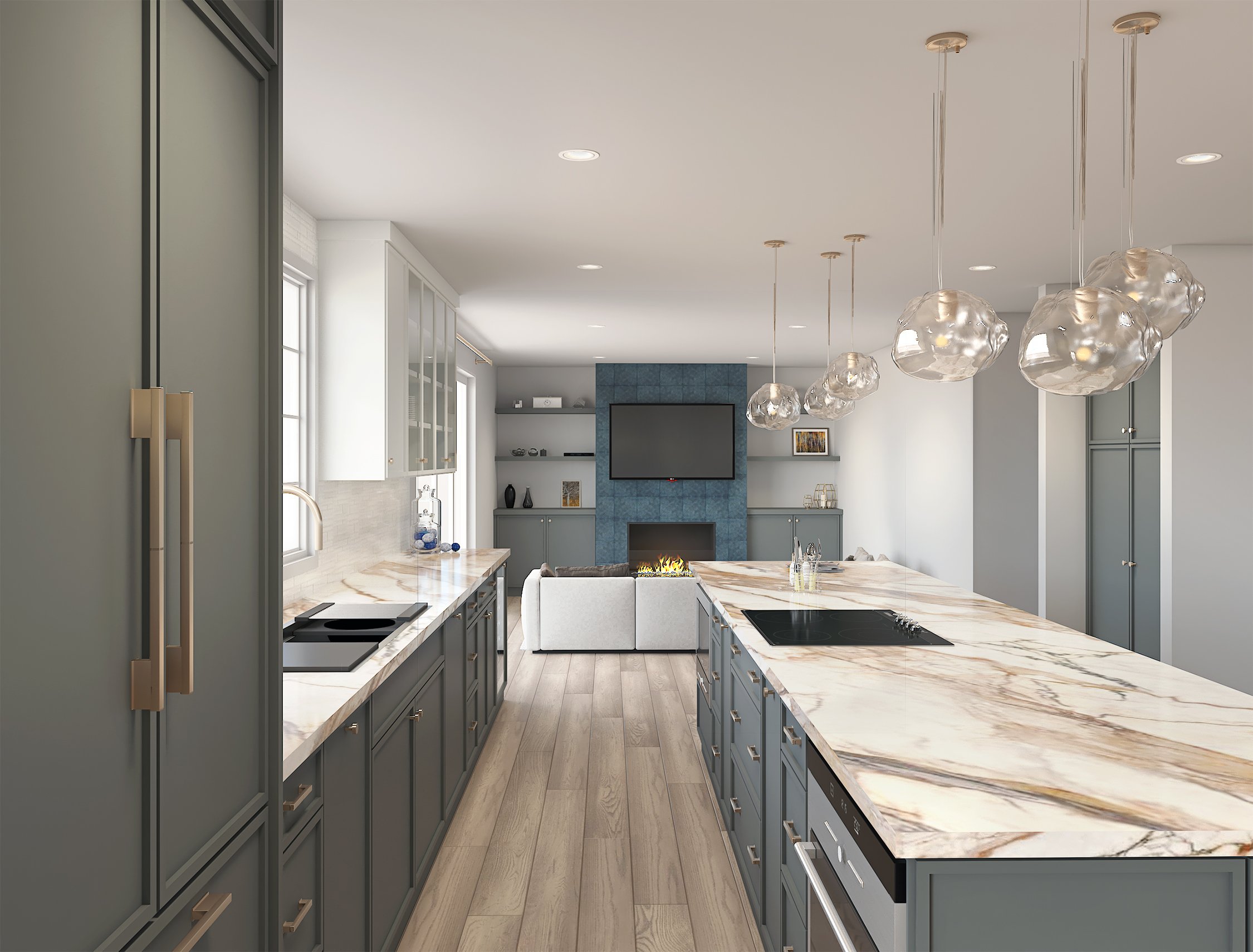
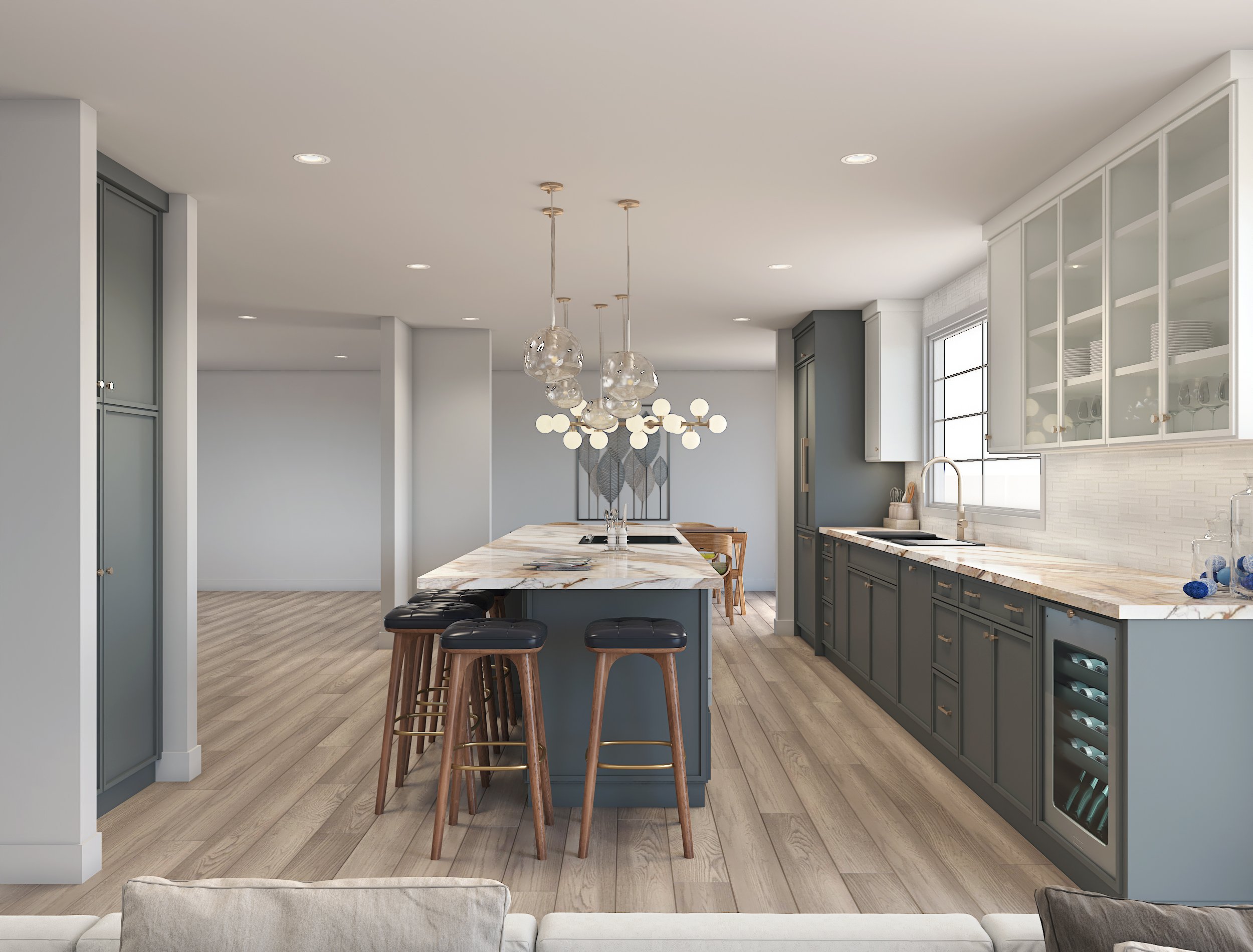
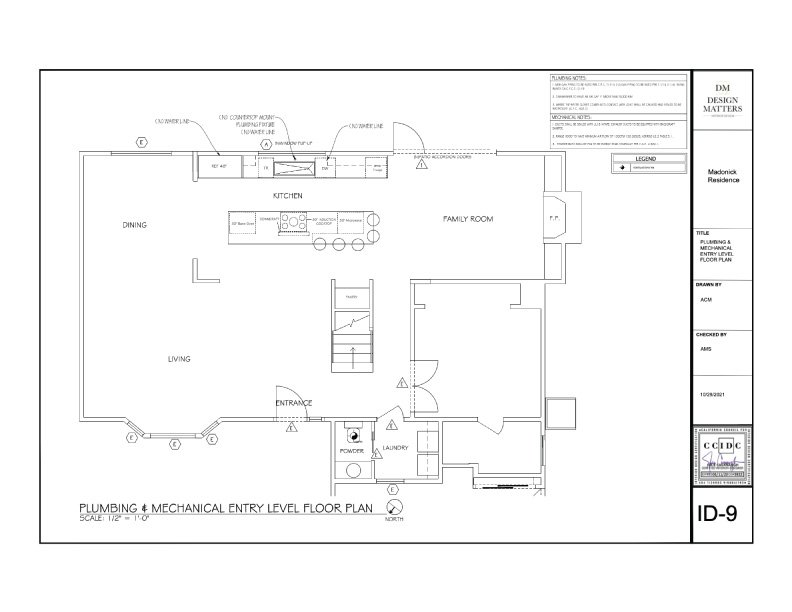
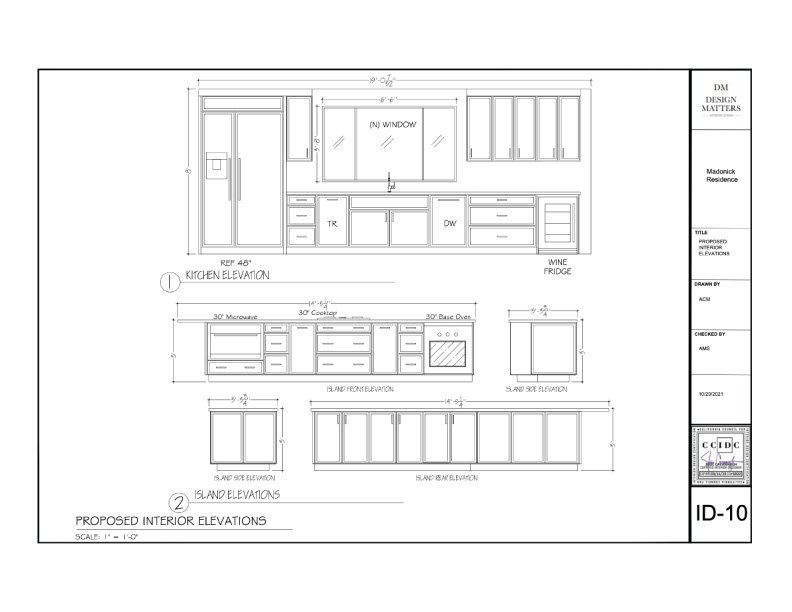
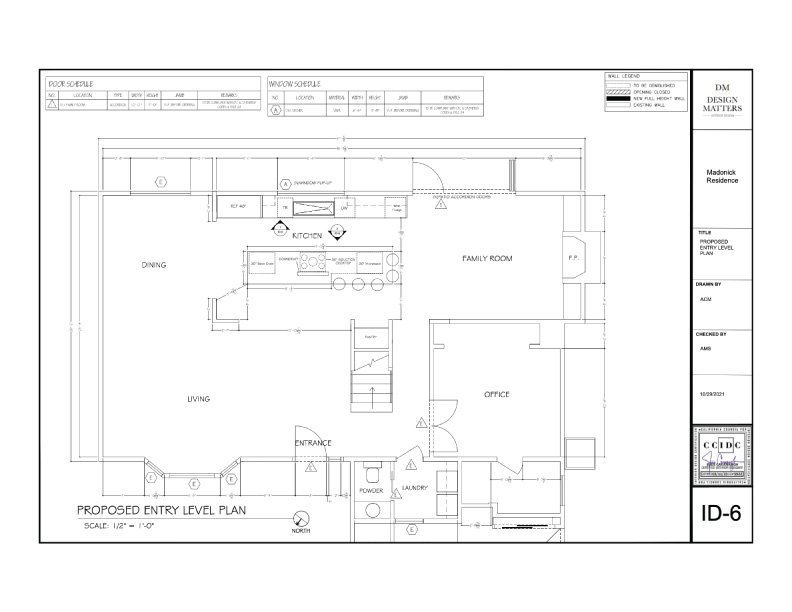


Detailed drawings are created by Design Matters to communicate design plans with the building team. True to life renderings are an excellent means to communicate the design vision to the team and homeowner. Learn more about

